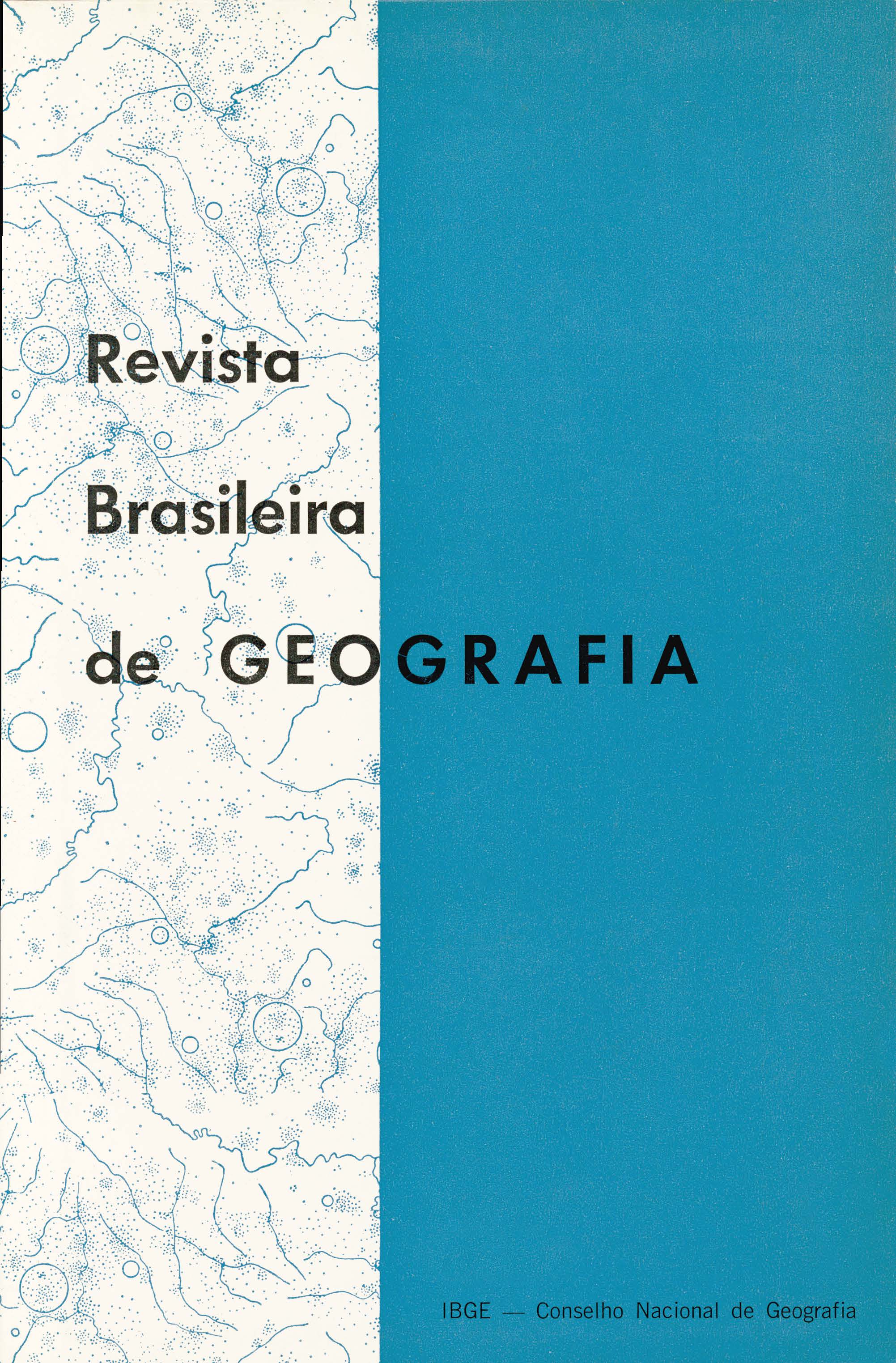As Cidades de Santa Catarina : base econômica e classificação funcional
Keywords:
Santa Catarina, Trabalho, Geografia urbana, Geografia econômica, MunicípiosAbstract
In the examination of the urban economic bases, methodologies have been adopted, which are founded in the basic-non basic concept of the active urban population: part of the active population of the towns works to satisfy the necessities of urban population itself (non basic activities) and part takes care of the relations between the town and its market area (basic activities). The methodology developed by E. ULMAN and M. DACEY, the minimum requirement method, was adopted in the present research. If the amount of the workers of a town, in each activity of the active population was confronted with the minimum requirement to satisfy the own needs, the surplus of workers would be the exported employment or basic employment. The minimum needs are obtained by isolation of the minimum percentages of workers employed in each branch of activity for each group of towns, approximately the same demographic dimensions. The profile of minimum employment of each activity is composed by those needs, where they are obtained from each town in each of its activities.
Thus, it was established a group of basic activity in eighty towns of Santa Catarina State. The types founded of economic basis have close relation with the geographical conditions in its complex whole. The most important are those where the dominant activities are the transformation industry or rendering of services (26 towns). The economic industrial basis characterizes the densely peopled areas which strongly act in the urban framework, in the basins of Itajaí, Itapocu and Peixe rivers, where the type of population (foreign settlement), the existence of numerous workers and market were the factors of the industry development. The western and southeastern part of the state are characterized by economic bases ruled by rendering of services. The towns perform the functions of purveyance of goods and services to its rural areas. Less numerous are the economic bases ruled by conveyances related to the geographical situation factor (ports, junction of communications, places of transfer of goods).
The functional classification followed the comparison between the percentages for workers in the industry, in transports and in central functions (trade, rendering of services, social activities, liberal professions), enabling to identify the industrial centers, service centers, transportation centers, and the centers with double junctions, wich can be of two kinds: service centers with secondary industrial activities and service centers with seconda1y transportation activities and the political-administrative center (Florianópolis)






